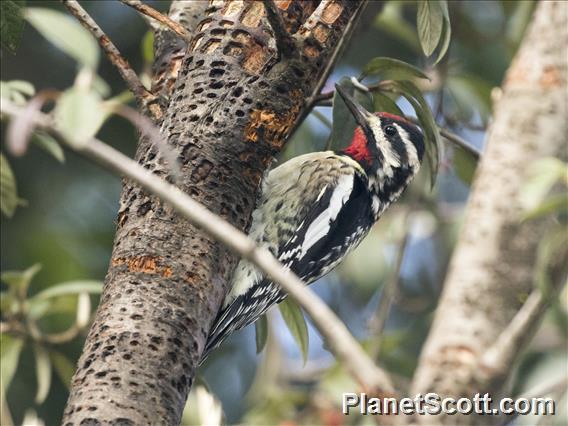Yellow-bellied Sapsucker (Sphyrapicus varius)

Yellow-bellied Sapsucker (Sphyrapicus varius)
×


Yellow-bellied Sapsucker (Sphyrapicus varius)
About Yellow-bellied Sapsucker (Sphyrapicus varius)
- Kingdom: Animals
- Phylum: Chordates
- Class: Birds
- Order: Woodpeckers, Barbets, Toucans, and Puffbirds
- Family: Piculets and Woodpeckers
The yellow-bellied sapsucker is a medium-sized woodpecker that breeds in Canada and the northeastern United States.
Source: Wikipedia
Visits
-
2008-01-06
San Blas - Fort, Mexico -
2009-02-08
Lancetilla Botanical Gardens, Honduras -
2012-06-01
Higgins Lake, United States of America -
-
2012-07-09
Tamarack Lake, United States of America -
-
-
-
-
-
-





